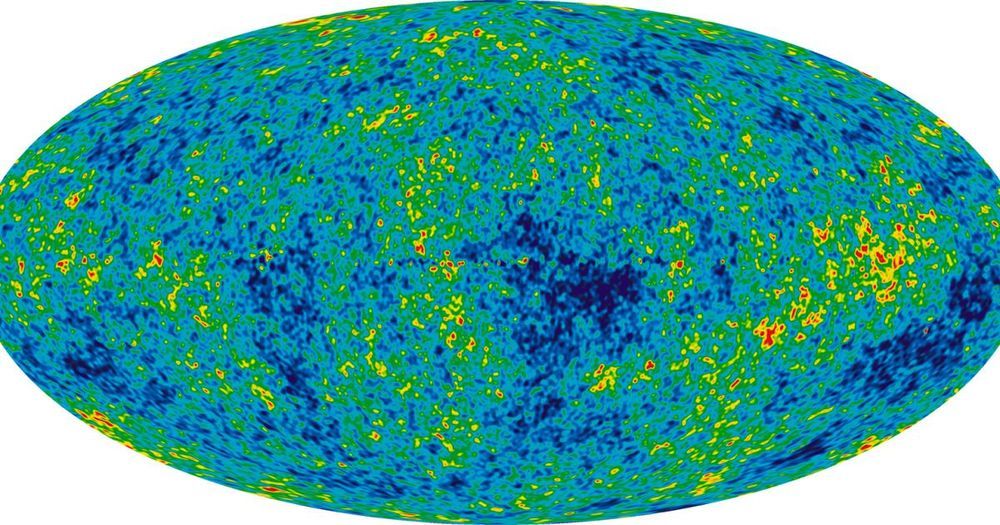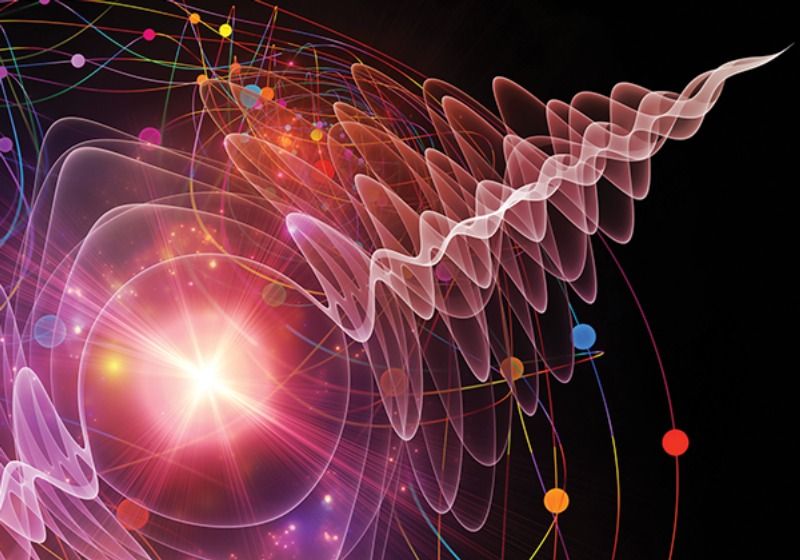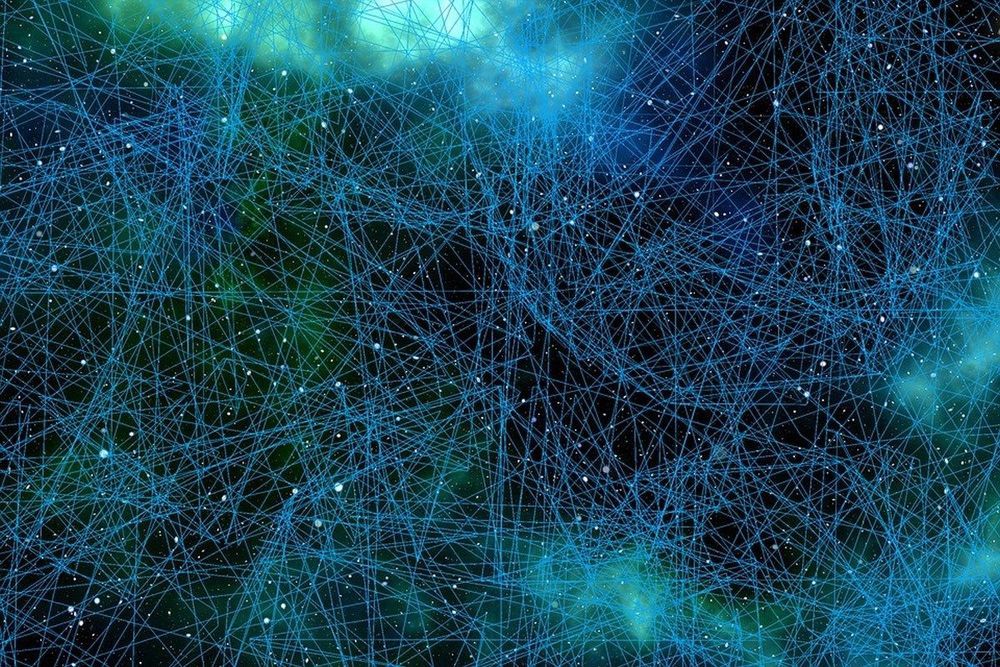Page 8679
Jun 8, 2019
Primordial oscillations, an alternative mechanism to the Big Bang
Posted by Paul Battista in category: cosmology
Jun 8, 2019
5 Intriguing Theories about Dark Matter
Posted by Paul Battista in categories: cosmology, particle physics
Dark matter is a hypothetical invisible mass, which is responsible for the force of gravity among galaxies and other celestial bodies. Although researchers don’t have any concrete information about this puzzling entity, they did come up with a number of intriguing theories about this enigmatic mass. Following is a list of 5 dark matter theories that are quite interesting.
WIMPs are hypothetical particles that are thought to constitute dark matter. These heavy, electromagnetically neutral subatomic particles are hypothesized to make up 22% of the entire universe. They are thought to be heavy and slow-moving because if the dark matter particles were light and fast, they would not have clumped together in the density fluctuations from which galaxies and clusters of galaxies are formed. The precise nature of these particles is currently unknown and they do not abide by the laws of the Standard Model of Particle Physics.
Axions are believed to be neutral, slow-moving particles that are a billion times lighter than electrons. They rarely interact with light and this behavior has urged scientists to believe that Axion could be a building block of the dark matter. An attempt to detect these particles was made in April 2018 by the physicists from the University of Washington. The main idea of this theory suggests that if axions are constantly dashing towards Earth, powerful magnets may be able to convert some of the axions into microwave photons, which are easier to detect. Their work is commonly known as the Axion Dark Matter Experiment (ADMX) and this theory has not enjoyed much success, since then.
Continue reading “5 Intriguing Theories about Dark Matter” »
Jun 8, 2019
Quantum Biology May Help Solve Some of Life’s Greatest Mysteries
Posted by Paul Battista in categories: biological, neuroscience, quantum physics
From the remarkable speed of enzyme-catalyzed reactions to the workings of the human brain, numerous biological puzzles are now being explored for evidence of quantum effects.
Jun 8, 2019
Nanotechnology treatment reverses multiple sclerosis in mice
Posted by Paul Battista in categories: biotech/medical, nanotechnology
Summary: Extracting nanosized exosomes from bone marrow stem cells and injecting them into mice, researchers reverse symptoms of multiple sclerosis. Source: UC IrvineA nanotechnology treatment.
Jun 8, 2019
The foundation of the computing industry’s innovation is faltering. What can replace it?
Posted by Paul Battista in categories: computing, innovation
Shrinking transistors have powered 50 years of advances in computing—but now other ways must be found to make computers more capable.
Jun 8, 2019
How A.I. Could Be Weaponized to Spread Disinformation
Posted by Müslüm Yildiz in category: robotics/AI
In 2017, an online disinformation campaign spread against the “White Helmets,” claiming that the group of aid volunteers was serving as an arm of Western governments to sow unrest in Syria.
Jun 8, 2019
Could lasers guide and control the path of lightning?
Posted by Quinn Sena in category: climatology
Jun 8, 2019
The human body is a mosaic of different genomes
Posted by Paul Battista in category: biotech/medical
Jun 8, 2019
Giant ‘thread’ of radio emissions found linking galaxy clusters
Posted by Paul Battista in category: space
Scientists predicted that our universe’s structure resembles a huge web. We’ve finally seen one of the strands.


















